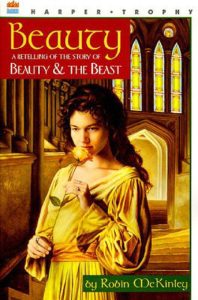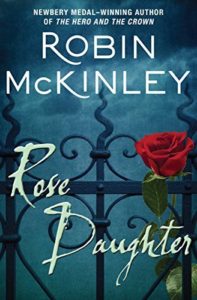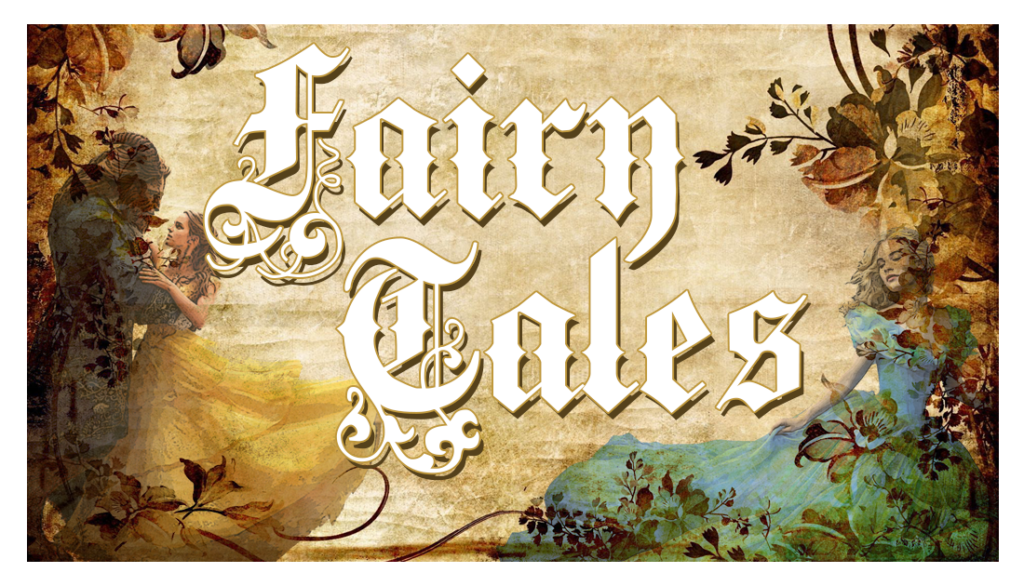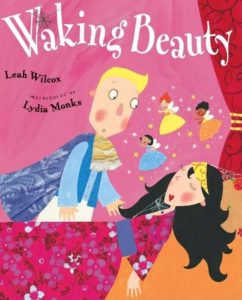
|
In Leah Wilcox’s Waking Beauty (Putnam Juvenile, 2008), the fairies insist that Beauty must be woken with a kiss, but Prince Charming insists on other methods: bellowing, jumping on the bed, soaking the princess with cold water, and shooting her out of a cannon. For ages 4-8. |
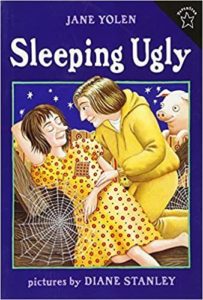
|
In Jane Yolen’s Sleeping Ugly (Puffin, 1997), a beautiful but nasty princess (Miserella), a sweet but homely orphan (Plain Jane), and an inept fairy godmother are all put to sleep by a slip-up with a magic wand. When the prince arrives, he decides to practice first by kissing Jane – and at the end of the tale, he and Jane are living happily ever after, with the fairy godmother in the house next door, and the still-sleeping princess doubling as a hat rack. For ages 5-8. |
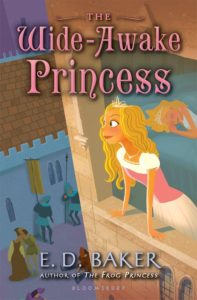
|
In E.D. Baker’s The Wide-Awake Princess (Bloomsbury USA, 2012), Princess Gwendolyn pricks her finger and falls asleep, and the entire castle sleeps with her – except her sister Annabelle, whose fairy gift is a resistance to magic. Plucky Annie and a young castle guard, Liam, set off to find the proper Prince Charming to break the spell, meeting other fairy-tale characters along the way, among them Hansel and Gretel, Rapunzel, and an enchanted bear. There’s more about the enchanted bear in the sequel, Unlocking the Spell. For ages 10-14. |
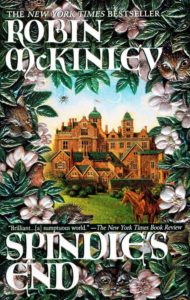
|
In Robin McKinley’s Spindle’s End (Firebird, 2002), the infant princess Rosie is cursed by an evil fairy, Pernicia, to die on her 21st birthday by pricking her finger on a spindle. Taken away for safekeeping by the fairy Katriona and raised in the peasant village of Foggy Bottom, Rosie grows up to be feisty, self-actualized, and self-sufficient – and she also has a magical talent: she can talk to animals. As Rosie’s fatal birthday approaches, she discovers her true identity; and she and friends Peony and Narl, the taciturn (but handsome) village blacksmith, prepare to defeat Pernicia. A great read for ages 12 and up. |
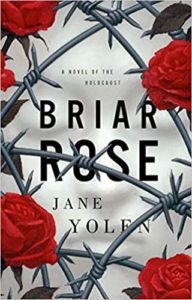
|
Chosen as a Best YA Book by the American Library Association, Jane Yolen’s Briar Rose (Tor Teen, 2002) is a Sleeping Beauty story set in the Holocaust. The main character, Becca, sets out to find the truth behind her grandmother Gemma’s bedtime story about a sleeping princess in a castle, a quest that leads her to the concentration camps of Poland. For ages 13 and up. |
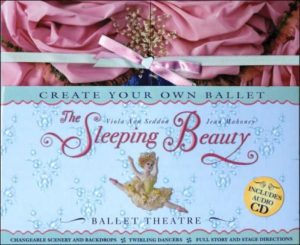
|
Jean Mahoney’s The Sleeping Beauty Ballet Theatre(Candlewick, 2007) is a foldout theater with backdrops, a caste of nine dancing characters, a booklet about the title ballet, and a CD of the accompanying music by Tchaikovsky. For ages 6 and up. |
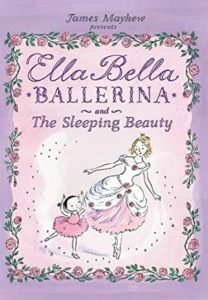
|
In James Mayhew’s Ella Bella Ballerina and The Sleeping Beauty (Barron’s Educational Series, 2008), Ella Bella – who loves to listen to the music from “The Sleeping Beauty” ballet on her ballet teacher’s music box – is magically transported inside the story, to the Princess Aurora’s palace. Also see Ella Bella Ballerina and Cinderella. For ages 4-8. |







